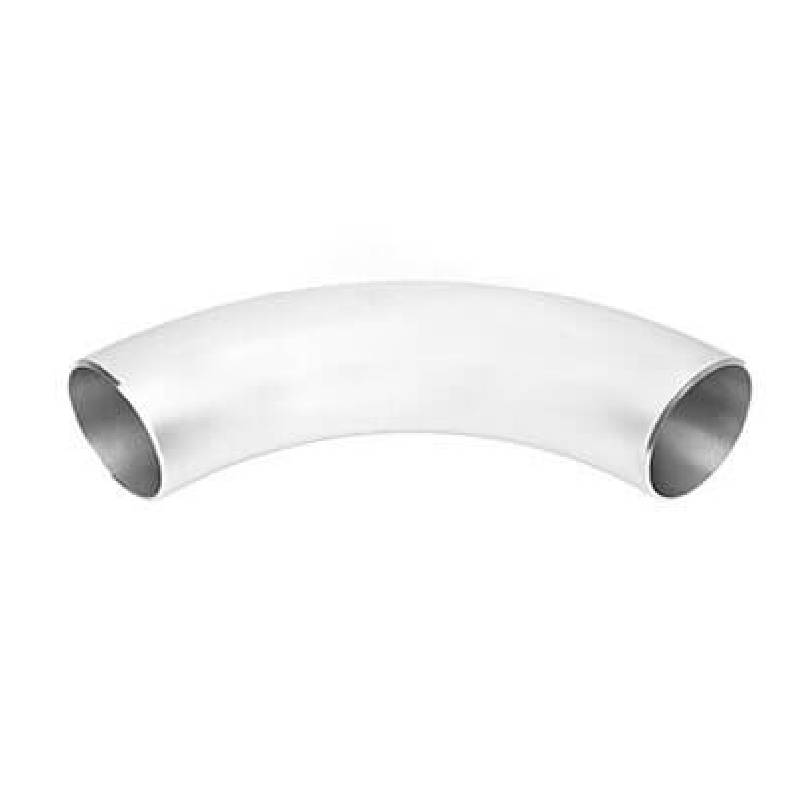-
Cangzhou Yulong Steel Co., Ltd.
-
Phone:
+86 13303177267 -
Email:
admin@ylsteelfittings.com

Nov . 22, 2024 09:30 Back to list
api 5l x52 specification
Understanding API 5L X52 Specification A Comprehensive Overview
The API 5L X52 specification is a widely recognized standard in the field of pipeline construction and steel pipe manufacturing. Developed by the American Petroleum Institute (API), this specification is essential for the transportation of oil and natural gas. It outlines the requirements for the production of line pipes that are used in pipelines to carry these essential resources over long distances. Understanding the API 5L X52 specification is crucial for engineers, manufacturers, and anyone involved in the oil and gas industry.
Definition and Purpose
API 5L X52 is part of the API 5L standard, which focuses on the quality of steel pipes used for the transportation of oil, gas, and water in various applications. The X52 designation refers to the minimum yield strength of the material, which is around 52,000 psi (pounds per square inch). This specification ensures that the pipes can withstand high pressure and are durable enough for the rigors of underground and underwater installations.
The primary purpose of API 5L X52 is to provide guidelines on the chemical composition, mechanical properties, and manufacturing processes of the steel used to produce line pipes. This ensures that the pipes meet specific performance standards necessary for safe and efficient operation in challenging environments.
Chemical Composition and Mechanical Properties
According to the API 5L X52 specification, the chemical composition of the steel used must meet specific criteria. The steel typically contains carbon, manganese, phosphorus, sulfur, and silicon, along with other alloying elements that can enhance its properties. The balance of these elements is critical, as it affects the strength, ductility, and corrosion resistance of the final product.
The mechanical properties outlined in the specification include yield strength, tensile strength, and elongation requirements. For X52 pipes, the yield strength must not be less than 52,000 psi, with a tensile strength of at least 69,000 psi. Additionally, there are specific elongation requirements based on the pipe size, ensuring that the pipes can withstand deformation without breaking during installation and operation.
api 5l x52 specification

Manufacturing Processes
The manufacturing processes of API 5L X52 pipes are crucial for maintaining quality and consistency. The steel used may be produced through various methods, including electric arc furnace (EAF) and open-hearth processes. The resulting steel is then rolled and shaped into pipes using techniques such as seamless or welded production.
Seamless pipes are typically produced by extruding the steel, which creates a strong and uniform product. In contrast, welded pipes are made by rolling flat steel sheets into a cylindrical shape and welding the edges together. The choice of manufacturing process depends on the application requirements, cost considerations, and the desired properties of the final product.
Applications of API 5L X52 Pipes
API 5L X52 pipes are widely used across various industries, particularly in the oil and gas sector. These pipes are essential for constructing pipelines that transport crude oil, natural gas, and other fluids. Their strength and durability make them suitable for use in high-pressure environments, including offshore drilling and long-distance transportation.
Beyond the oil and gas sector, X52 pipes find applications in water transportation, construction, and even in the manufacturing of other steel products. Their versatility and reliability continue to make them a preferred choice for engineers and project managers around the world.
Conclusion
In summary, the API 5L X52 specification is fundamental for ensuring the quality and reliability of steel pipes used in pipeline construction. By adhering to its guidelines regarding chemical composition, mechanical properties, and manufacturing processes, manufacturers can produce pipes that meet the demands of the oil and gas industry effectively. Understanding this specification is essential for anyone involved in the design, construction, or operation of pipelines, ensuring safe and efficient transportation of vital resources.
Latest news
-
ANSI 150P SS304 SO FLANGE
NewsFeb.14,2025
-
ASTM A333GR6 STEEL PIPE
NewsJan.20,2025
-
ANSI B16.5 WELDING NECK FLANGE
NewsJan.15,2026
-
ANSI B16.5 SLIP-ON FLANGE
NewsApr.19,2024
-
DIN86044 PLATE FLANGE
NewsApr.19,2024
-
DIN2527 BLIND FLANGE
NewsApr.12,2024
-
JIS B2311 Butt-Welding Fittings LR/SR 45°/90° /180°Seamless/Weld
NewsApr.23,2024
-
DIN2605-2617 Butt-Welding Fittings LR/SR 45°/90°/180° Seamless/Weld
NewsApr.23,2024











